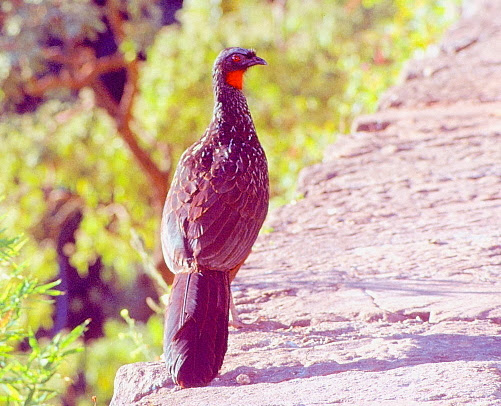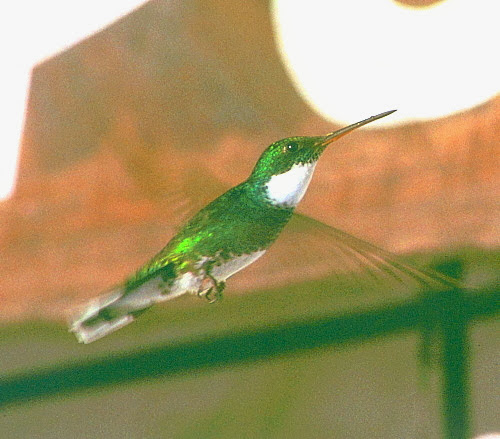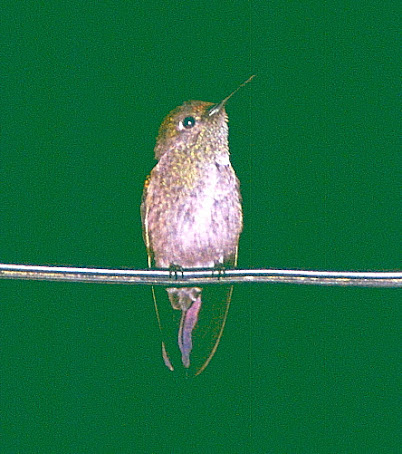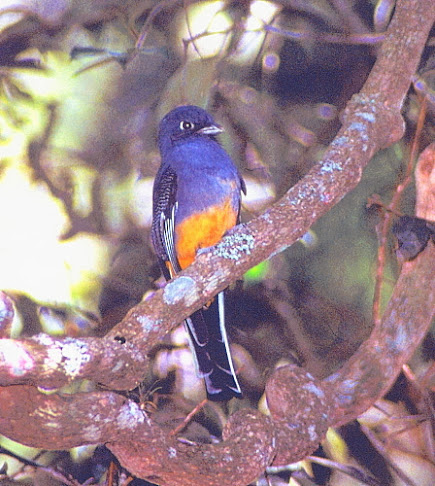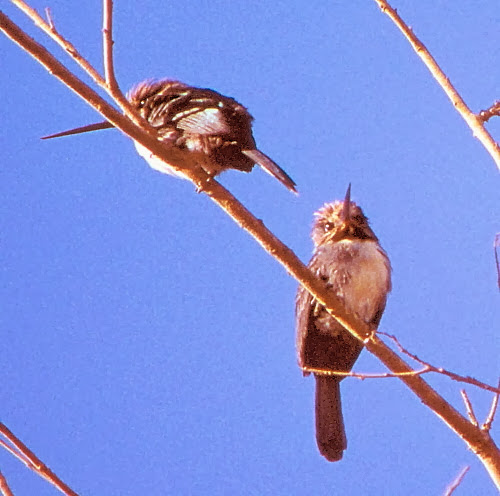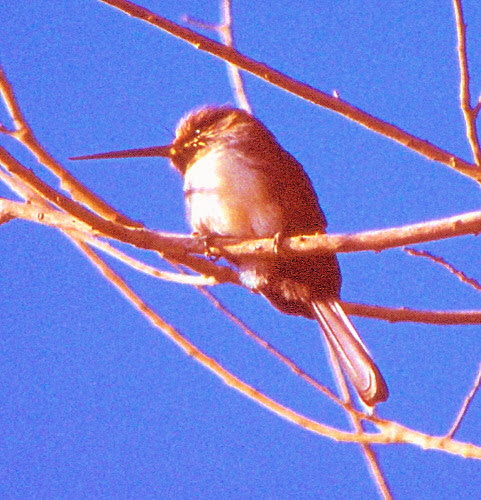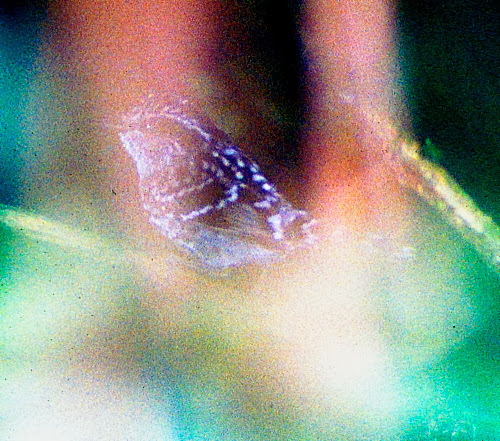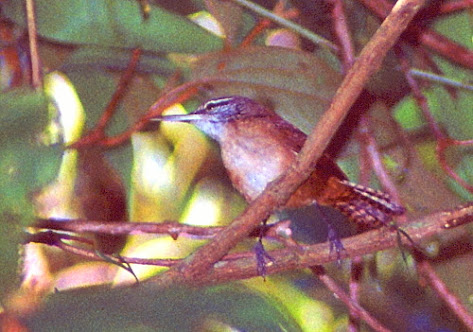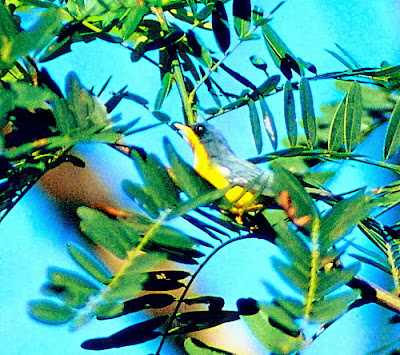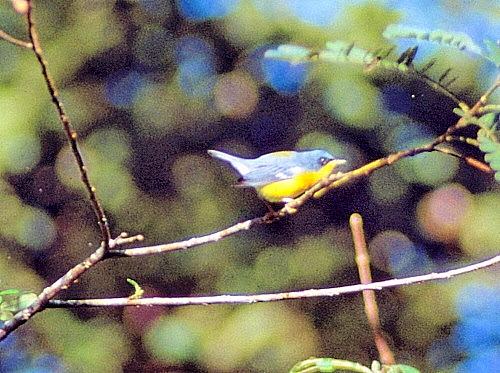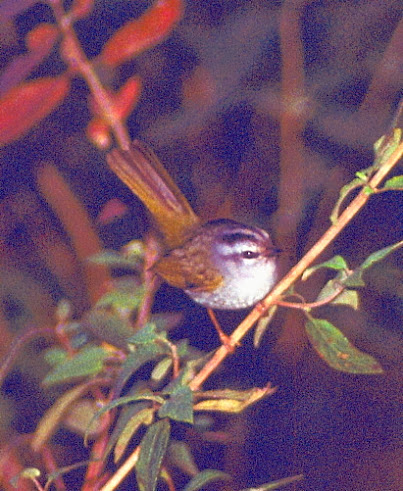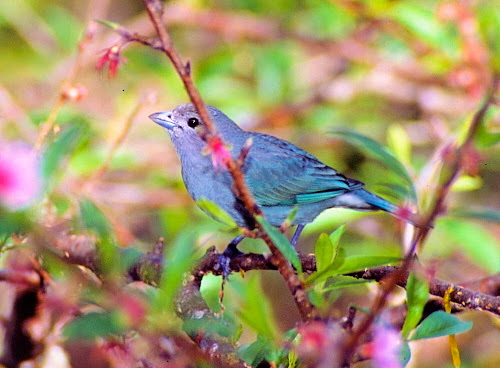SOUTH-EAST BRAZIL
26th June to 19th July 2003
David & John F. Cooper.
All the following photographs were taken by ourselves.
ITINERARY
Thu 26/6/03: Arrived at Rio de Janeiro Airport courtesy of Air Portugal on time at 3.30pm where encountered a long queue at Immigration, SARS screening and finally made it to the Localiza Car Hire Desk collecting our small car at 5.30pm, just as it was getting dark. Driving decidedly hairy at first in the vicinity of the Airport, but soon on our way to Teresopolis arriving at 8pm where we had difficulty in finding any Hotels until finally noticing a sign to the Hotel Mon Repos close to the entrance of Serra dos Orgaos NP. They had a twin room for 80 Reals per night. Didn’t feel hungry, but very tired so went straight to bed.
Fri 27/6/03: Up an hour before dawn so drove to Garafeo for first light finding the narrow driveable track down into a reasonable area of forest. Birded from 6am to 8am before making our way to the entrance of Serra dos Orgaos NP where spent until 5pm along the San Pedro Trail. We then drove to the highest point of the road at a pass between Teresopolis and Garafao, and spent the remaining hour of light at a roadside stop overlooking the forest. Found a MacDonalds Restaurant in Teresopolis before returning to the Hotel for another good night’s sleep.
 Three Views taken in the Serra dos Orgaos National Park.
Three Views taken in the Serra dos Orgaos National Park.

Fri 18/7/03: Walked the trail towards Hotel Simon and then drove to Hotel Simon and walked the Tres Picos Trail for 6 hours. We then drove to the waterfall before returning to the Hotel Simon Tennis Courts for a spotlighting session.
Singles were seen near Sao Roque de Minas on the 9th and near the bottom of the Casca D’Anta Waterfall at Canastra NP on the 11th. This species is listed by Silveira (1998) as fairly common in Serra da Canastra NP and adjacent areas based on the author’s observations.
American Kestrel – Falco sparverius cearae
Seen on six dates at sites including near Semiduro, Cipo and Canastra NP. A daily maximum of 6 was seen on the 8th. This species is listed by Silveira (1998) as common in Serra da Canastra NP and adjacent areas based on the author’s observations.
Dusky-legged Guan – Penelope obscura bronzina
We saw up to 20 in the vicinity of the Caraca NP monastery on four dates where they are tame having clearly been fed there for some time. We also saw up to 8 on three dates in Itatiaia NP where they could be seen around the Hotel Donati in the early mornings. HBW (1994) states that this species is not globally threatened.
We saw 5 in the lower section of Canastra NP on the 9th, 7 at Ubatuba on the 14th and up to 10 daily on both dates in Itatiaia NP. This species is listed by Silveira (1998) as common in Serra da Canastra NP. and adjacent areas based on the author’s observations. HBW (1997) states that this species is not globally threatened.
Blue-winged Parrotlet – Forpus crassirostris vividus
A flock of 30 were seen in a palm grove in Cipo village on the 7th. HBW (1997) states that this species is not globally threatened.
Plain Parakeet – Brotogeris tirica (Endemic)
Up to 4 were seen daily on all three dates at Serra dos Tucanos with a pair seen in the grounds of the lodge and 3 were seen at Ubatuba on the 14th. HBW (1997) states that this species is not globally threatened.

A single individual was seen perched over a river at Semiduro on the 3rd, 3 were seen at Ubatuba on the 14th and 1 was seen on the 15th.
Amazon Kingfisher – Chloroceryle amazona amazona
We saw 2 near the campsite c.3km west of Jose de Barreiro on the 9th.

Brasilia Tapaculo – Scytalopus novacapitalis (Endemic)
JFC saw a single male that responded to tape playback under the power lines at Canastra NP on the 10th. Unfortunately DC only obtained utv’s as it disappeared from view and was not heard to sing again. Another individual was heard nearby but remained unseen. This species is listed by Silveira (1998) as common in Serra da Canastra NP and adjacent areas based on the author’s observations. TBW (2000) treats this species as Near-threatened describing the annual burning of adjacent grasslands limiting the availability and extent of suitable habitat and wetland drainage and the sequestration of water for irrigation schemes further reducing habitat.
Spot-backed Antshrike – Hypoedaleus guttatus leucogaster
We saw 3 at Corcovado at Ubatuba on the 14th. Superb.
Giant Antshrike – Batara cinerea cinerea
Single females were seen along the Veu de Noiva Trail at Serra dos Orgaos NP on the 27th, along the Bamboo Trail at Serra dos Tucanos on the 1st and along the Theodoro Trail at Serra dos Tucanos on the 2nd.
Single males were seen along the Campo de For a Trail at Caraca NP on the 4th and along the Represa da Piscina Trail at the Hotel Donati on the 19th. Superb.
Rufous-tailed (Brazilian) Antthrush – Chamaeza ruficauda (Endemic)
We tape-lured 2 vocalising individuals into view along the first 2km of the Agulhas Negras road on the 16th with the second individual then performing particularly well for us. Superb.

We saw 4 attending an Ant-swarm at Corcorvado on the 14th.
We saw a pair along the San Pedro Trail at Serra dos Orgaos NP on the 27th and 1 there on the 28th and 2 at Serra dos Tucanos on the 1st and 1 there on the 2nd. TBW (2000) treats this species as Near-threatened as agricultural conversion and deforestation for mining and plantation production are historic threats to its lowland forests.
Golden-chevroned Tanager – Thraupis ornate (Endemic)
Seen on eight dates at sites including Serra dos Tucanos, Fazenda Angelim and Itatiaia NP where the daily maximum of 20 was recorded on the 17th.






























































